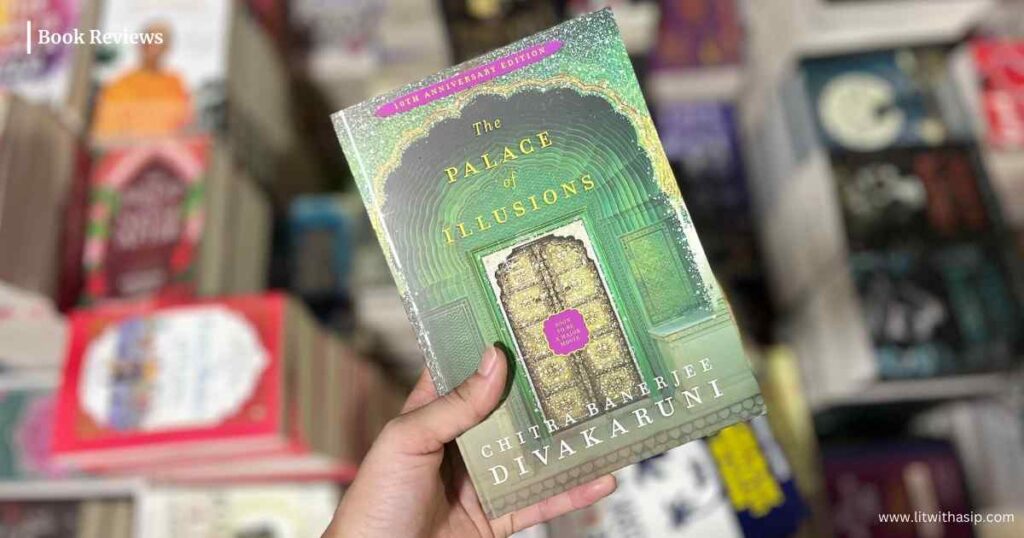
The Glass Menagerie by Tennessee Williams is a memory play that premiered in 1944 and was later adapted into a film in 1987. Set in the 1930s, during the Great Depression, this play revolves around the Wingfield family living in a small, dingy apartment in St. Louis, Missouri. This family grapples with personal, social, and economic hardships. Tensions gradually mount and realities clash with illusions as the play progresses. Themes like family dynamics, the power of memory, and the fragility of dreams are explored, leaving a lasting impact on audiences with a poignant portrayal of human longing and resilience.
Tennessee Williams (1911–1983), remembered as one of the greatest playwrights in American history, wrote this play inspired by his own family experiences and his conflicted relationship with his mother, Edwina. This personal connection infused the play with emotional depth and authenticity, contributing to its enduring impact on audiences and critics alike.
Let us look at why this one could be a good fit for your next read…
Characters And Plot (No Spoilers)
The characters in The Glass Menagerie are minimal and concern majorly four main characters. Below is the list of all the characters:
- The father- Mr. Winglfield, who has left nothing but a portrait that remains prominently displayed in the apartment, serves as a constant reminder of his abandonment of the family. Although he is a significant presence, he never appears onstage nor has any dialogue.
- The mother- Amanda Wingfield, a faded Southern belle clinging on to memories of her genteel past, is driven by her deep concern and love for her family, alongside her fear of a bleak future.
- Laura, Amanda’s shy and physically disabled daughter, retreats into her world of glass figurines, hinting back to the title of the play.
- Tom, the son as well as the narrator of the story, is a restless and frustrated young man who feels trapped by his obligations to his family.
- Ultimately, Jim O’Connor, Tom’s friend, and Laura’s secret old crush, is a friendly, optimistic, and charming character—a contrast to the more melancholic and introspective characters of Tom, Amanda, and Laura. His visit brings hope and excitement to the Wingfields, especially to Laura, but it also leads to pivotal moments of truth and disappointment in the play.
The plot runs around Amanda constantly insisting Tom on finding a suitor for Laura. It seems like Amanda is preoccupied with that thought because she believes that finding a suitable gentleman caller is crucial for Laura’s happiness and security. Events unfold when Tom invites his friend, Jim, over to dinner and we learn about Laura’s past and her side of the story. Amanda is thrilled to entertain this eligible bachelor. However, the evening does not turn out as they expected.
Writing Style
Williams’ writing style in The Glass Menagerie is notable for its lyrical and poetic qualities, which enhance the play’s emotional depth and atmosphere. He employs vivid imagery and symbolic language to evoke the inner lives of his characters and the mood of their surroundings. For instance, the title of the play is symbolic of Laura’s delicate character, as she creates a menagerie of glass figurines to protect her fragile emotions.
Williams often blends realism with expressionism. Various critics have opined how he did not involve ‘conventional realism’ in the play but has created a ‘dream-like’ state to reflect on the stark realities of the time. Harold Clurman comments that this play is not exactly ‘realistic’ because it employs ‘memory, which is a mode of feeling and knowing rather than a picture of external reality.’ In the play, Williams uses Tom Wingfield’s narration as a lens through which the audience experiences the memories and emotions of the characters.
Dialogue is crafted to reveal tensions and conflicts within the family, while monologues and soliloquies provide introspective moments that deepen the audience’s understanding of each character’s motivations and struggles. The narrative is often considered inventive blending past and present to create a fluid. The characters are relatable and their struggles seem compelling. Universal themes of longing, disillusionment, and familial bonds contribute to its enduring appeal. Overall, Williams’ writing style in The Glass Menagerie is both introspective and evocative, capturing the complexities of human relationships and the fragility of dreams.
Thematic Concerns
- Memory Vs. Realism:
As a memory play, The Glass Menagerie is a recollection of Tom’s memories of the past, colored by his emotions and perceptions. This subjective lens contrasts with the conventions of realism, where events are depicted with objective detail and factual accuracy. Williams’ expressionist approach blends memory and realism, providing depth to the narration. The result is a poignant exploration of the character’s inner lives, transcending mere realistic representations to capture the essence of their experiences and dreams.
For instance, as we see in Tom’s opening monologue where he describes how being a memory, the play is “dimly lighted”, “sentimental”, and “not realistic”. Also, we see Amanda frequently reminiscing about her past in the South which is idealized and exaggerated, contrasting with the harsh reality of her current life. However, running parallel to these points is the fact that the play hasn’t failed to provide some realistic details too, such as Laura’s limping condition and her intense shyness are depicted with realistic detail, contributing to the believability of her character. To escape from this painful reality, we see Laura interacting with her glass menagerie.
- Family Dynamics And Social Expectations:
The play explores family dynamics that are strained by unfulfilled expectations, dreams, and misunderstandings. Mr. Wingfield failing his family, Amanda pressuring Laura to conform to societal norms and find a suitable husband, and Tom’s inner conflicts straining his relationships with Amanda and Laura, are some of the examples.
The play is a reflection of the inner conflicts that each character is going through due to external societal expectations. Through these reflections Williams is critiquing the rigid social expectations that confine individuals to predetermined roles, ultimately illustrating the emotional toll of conforming to societal norms at the expense of personal fulfillment.
- Fragility and Isolation:
The theme of fragility is brought to light through Laura’s character and her collection of delicate glass animals. Laura’s physical limp and extreme shyness render her emotionally fragile, mirroring the fragility of the glass figures she treasures. This fragility is further emphasized by the constant care she takes with her glass menagerie, reflecting her own need for protection and gentle handling.
Isolation is intrinsically woven into the portrayal of each character. When the dreams and aspirations are seen as crushing because of the harsh realities of life, characters are seen withdrawing from the outside world. Even as a family under the same roof, each of the Wingfields is facing its struggles as an individual, giving out the feeling of loneliness and helplessness. This can be understood through the character of Tom, who while physically present, feels emotionally and mentally isolated from his family and seeks solace in movies and literature.
- Escape
Escape is another important theme in the play. Each character is involved in escaping reality in the mere hope of one day fulfilling their dreams. For Tom, escape from the responsibilities of his family is through engaging in entertainment and literature. He finds comfort in them. However, this further distances him from his mother and sister.
Amanda feels comforted and happy through the memories of her youth. She wants a similar life for Laura which, under the present circumstances, is almost impossible. Amanda is, thus, living in a world of reminiscences and delusions, separated from the current experiences and struggles of her children.
Laura finds solace from her anxieties and insecurities by engaging in her glass menagerie, which helps her find beauty in fragility. Little does she know that these glass figurines are just as vulnerable as herself.
Concluding Notes
The Glass Menagerie could be considered one of the timeless works by Williams because of its approach allowing one to explore the tension between personal aspirations and societal expectations and how one’s dreams stay unfulfilled due to external forces, such as fate and society. One of the most commendable characteristics of the book is the emotional depth it presents to the readers, something they continue to resonate with to date.
It is a very easy and quick read. The language is simple and uncomplicated. Limited characters and their soliloquies help you delve into each of their inner conflicts and gauge their personality individually. Readers that look out for genres like drama, psychological realism, and family sagas, might find this play interesting.
Once you finish reading, you might be left with lingering questions like:
- Will the characters ever find happiness?
- How do you know if you can control your destiny?
- Should one stop dreaming in the face of harsh reality?
- How far can you act against fate to make your dreams come true?
- Is that how life is supposed to end with nothingness residing deep in one’s heart?
At length, The Glass Menagerie promises a captivating journey into the delicate interplay of memory, illusion, and the enduring quest for personal fulfillment. With profound insight into human nature and heart-rending storytelling, Williams’ work is likely to find its place through your TBR.
Frequently Asked Questions

Jennis Jacob, a passionate literary enthusiast in her 20s, is a writer and poet. With eight years of experience in literature, she is currently a master in English and finds inspiration in Womanist, American, and Indian Partition Literatures. Her works have appeared in anthologies such as ‘Carved Words Of Creative Minds’ and ‘100 Splendid Voices,’ and she is working on upcoming books. Through LitWithASip, she aims to ignite a love for literature and empower individuals to embrace their true selves.

